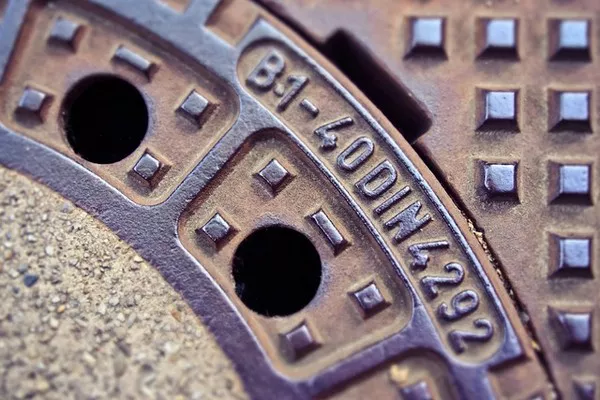Wastewater treatment plants play a pivotal role in safeguarding our environment by purifying contaminated water before it is released back into natural water bodies. One crucial aspect of this process is the treatment of sludge, the residual semi-solid material generated during wastewater treatment. Efficient sludge treatment is essential to minimize environmental impact and adhere to stringent regulatory standards. In this article, we delve into the intricacies of sludge treatment at wastewater treatment plants, exploring the various methods employed to manage this byproduct responsibly.
Understanding Sludge Composition
Before delving into the treatment methods, it is imperative to understand the composition of sludge. Sludge primarily consists of water, organic and inorganic solids, microorganisms, and pollutants removed during the wastewater treatment process. The composition varies depending on the source and the treatment processes employed at the plant. It is this diversity that necessitates a tailored approach to sludge treatment.
Primary Sludge Treatment
The first stage of sludge treatment occurs during the primary treatment process. In this phase, large solid particles are settled out in sedimentation tanks, forming primary sludge. The collected sludge is then subjected to thickening processes to increase its solids content. Gravity thickeners or dissolved air flotation units are commonly employed to separate water from the sludge, reducing its volume and facilitating subsequent handling.
Secondary Sludge Treatment
Secondary sludge is generated during the biological treatment of wastewater, where microorganisms break down organic matter. This sludge is rich in biological solids and microbial biomass. To effectively treat secondary sludge, it undergoes aeration, where additional oxygen is introduced to enhance microbial activity and promote the degradation of organic compounds.
Anaerobic Digestion
One of the most widely adopted methods for treating sludge is anaerobic digestion. In this process, sludge is placed in a sealed tank devoid of oxygen, creating an environment conducive to the activity of anaerobic bacteria. These microorganisms break down organic matter, producing biogas as a byproduct. The generated biogas, primarily methane, can be harnessed as an energy source, contributing to the sustainability of the wastewater treatment plant. Anaerobic digestion not only stabilizes the sludge but also significantly reduces its volume and eliminates pathogens.
Dewatering
Following digestion, sludge undergoes dewatering processes to further reduce its moisture content. Common dewatering techniques include belt filter presses, centrifuges, and screw presses. These methods employ mechanical forces to squeeze out water from the sludge, resulting in a more concentrated and manageable product. Dewatering is crucial for minimizing transportation costs and facilitating subsequent disposal or reuse.
Thermal Treatment
Thermal treatment methods involve subjecting sludge to high temperatures to reduce its volume and eliminate pathogens. Incineration is a widely utilized thermal treatment process where sludge is combusted at high temperatures. This not only reduces the volume of the sludge but also transforms it into ash. While incineration is effective in pathogen destruction and volume reduction, concerns about air quality and the energy-intensive nature of the process have led to the exploration of alternative thermal treatment methods, such as pyrolysis and gasification.
Composting
Composting is a sustainable sludge treatment option that involves mixing sludge with bulking agents such as wood chips or agricultural residues. The mixture is then aerated to encourage the activity of microorganisms, promoting the breakdown of organic matter. The resulting compost is a stable, nutrient-rich material that can be utilized as a soil conditioner or fertilizer. Composting not only provides a beneficial reuse option for sludge but also contributes to the reduction of landfill disposal.
See Also: What Are Sewage?A Comprehensive Overview
Land Application
In some cases, treated sludge is applied to agricultural land as a soil amendment. This practice, known as land application, allows the nutrient-rich sludge to enhance soil fertility. However, stringent regulations govern land application to ensure that the applied sludge meets strict quality standards and does not pose a risk to the environment or public health.
Conclusion
Sludge treatment at wastewater treatment plants is a complex and multifaceted process aimed at minimizing environmental impact while maximizing resource recovery. As the demand for sustainable and eco-friendly solutions continues to grow, wastewater treatment plants are exploring innovative technologies and approaches to handle sludge responsibly. From anaerobic digestion and dewatering to thermal treatment and composting, each method has its advantages and considerations. By employing a combination of these techniques, wastewater treatment plants can effectively manage sludge and contribute to a cleaner, more sustainable future.

